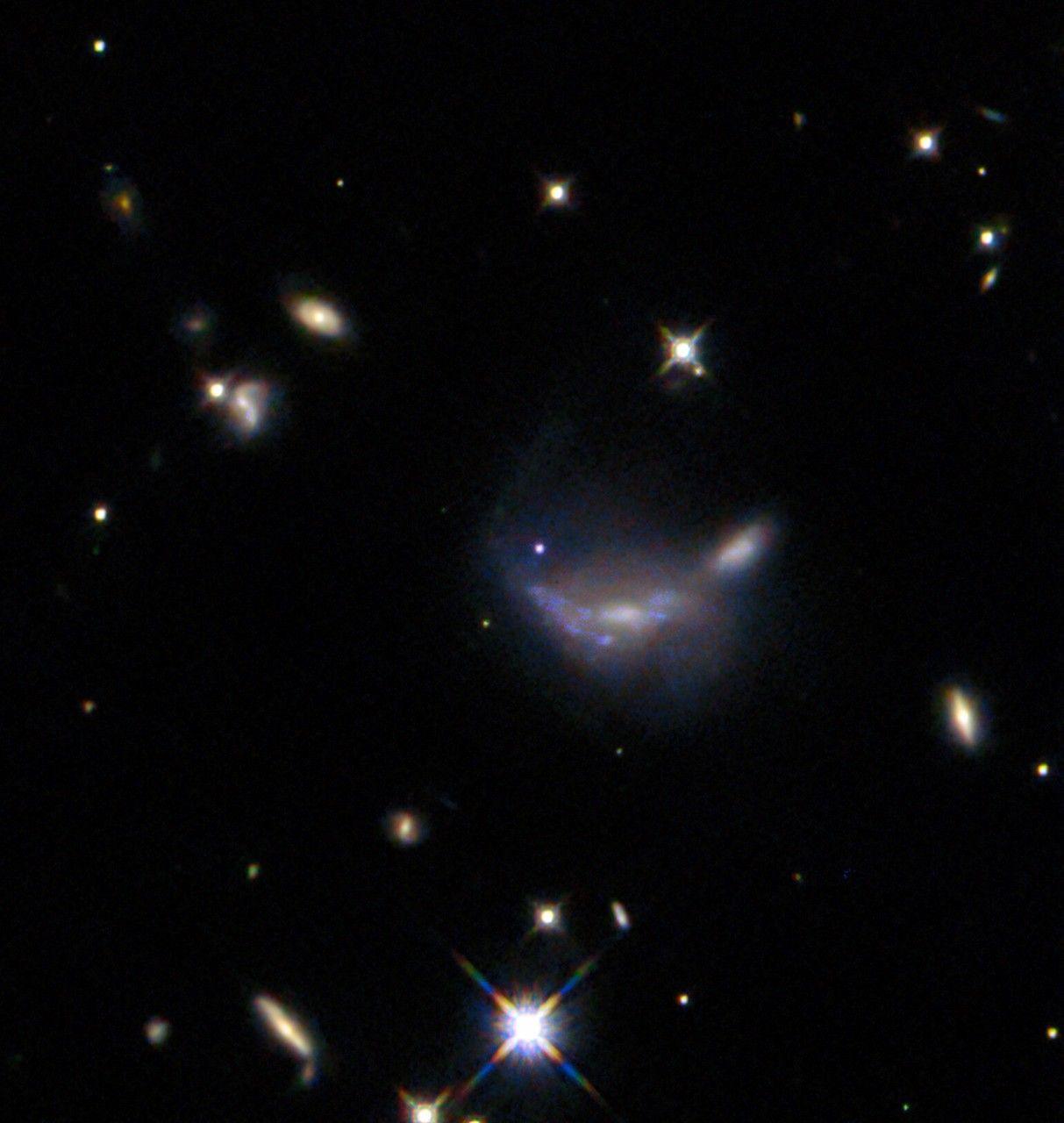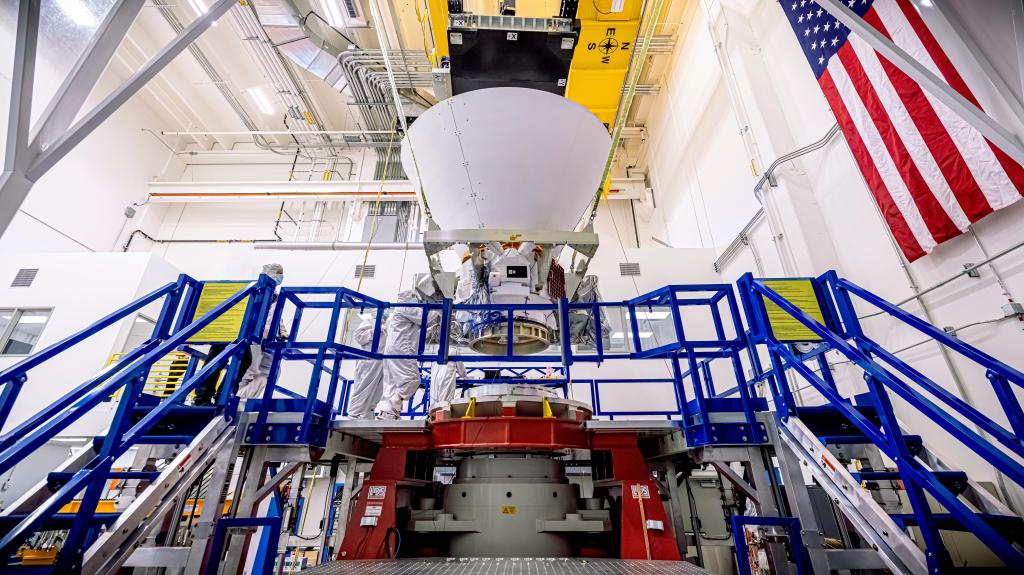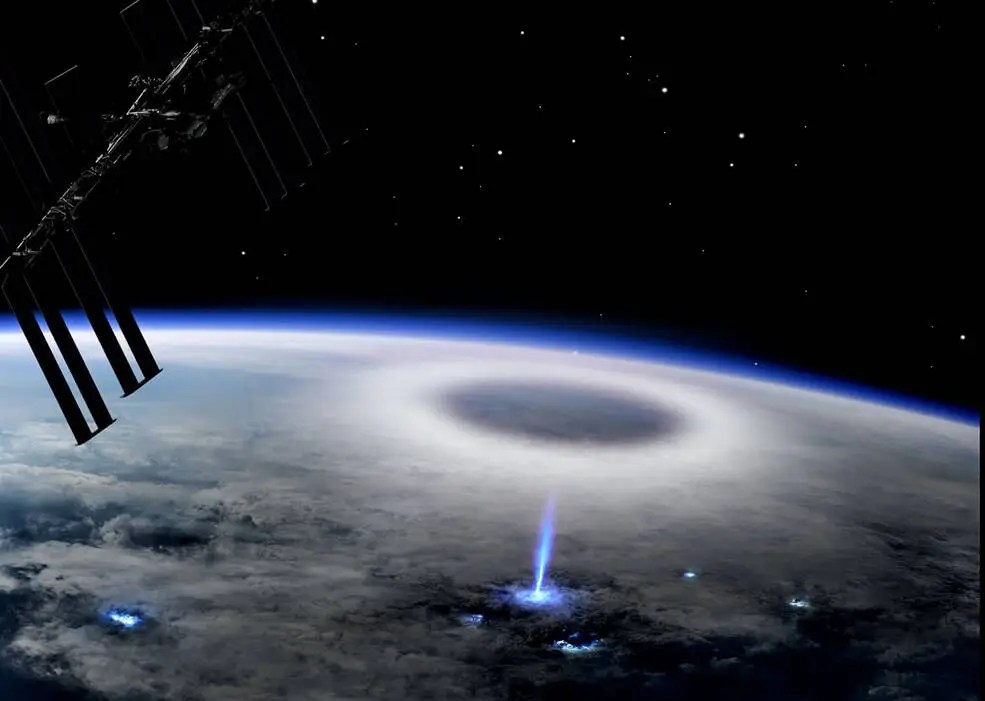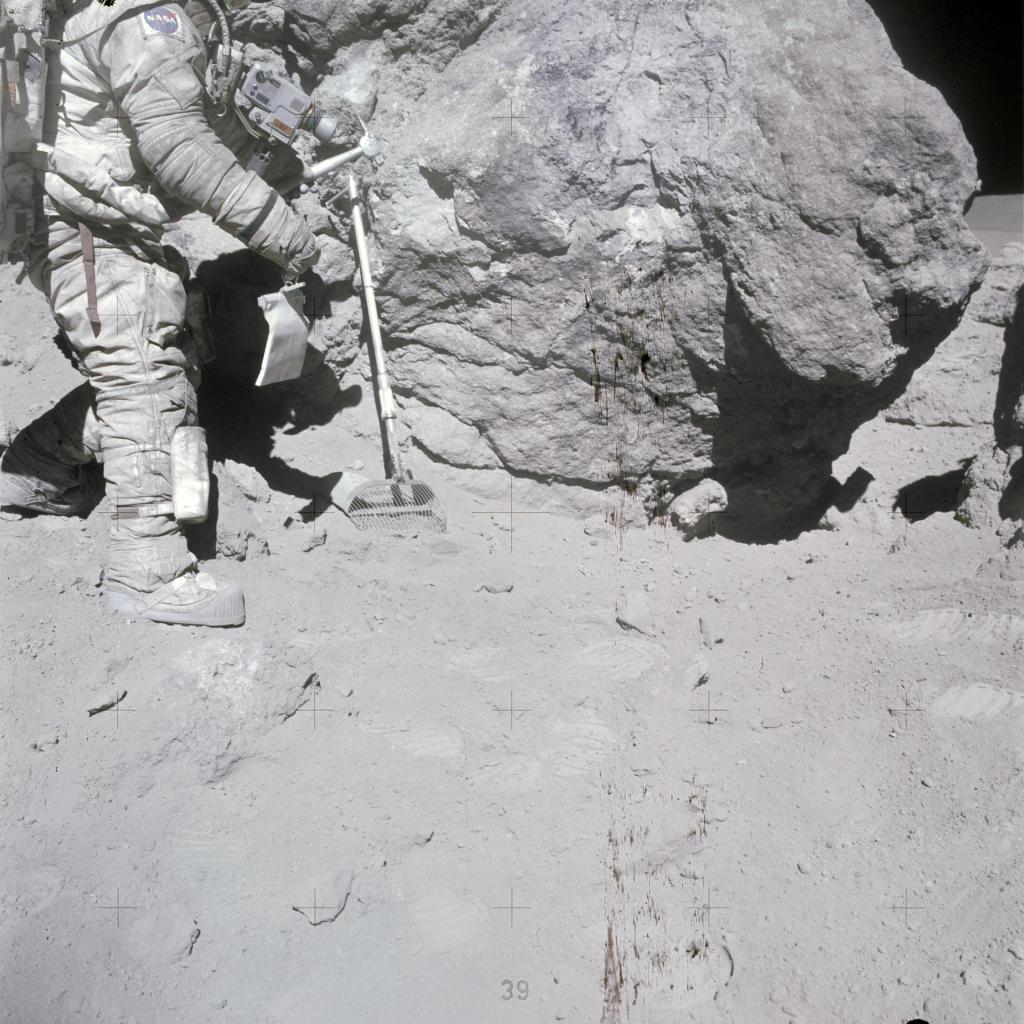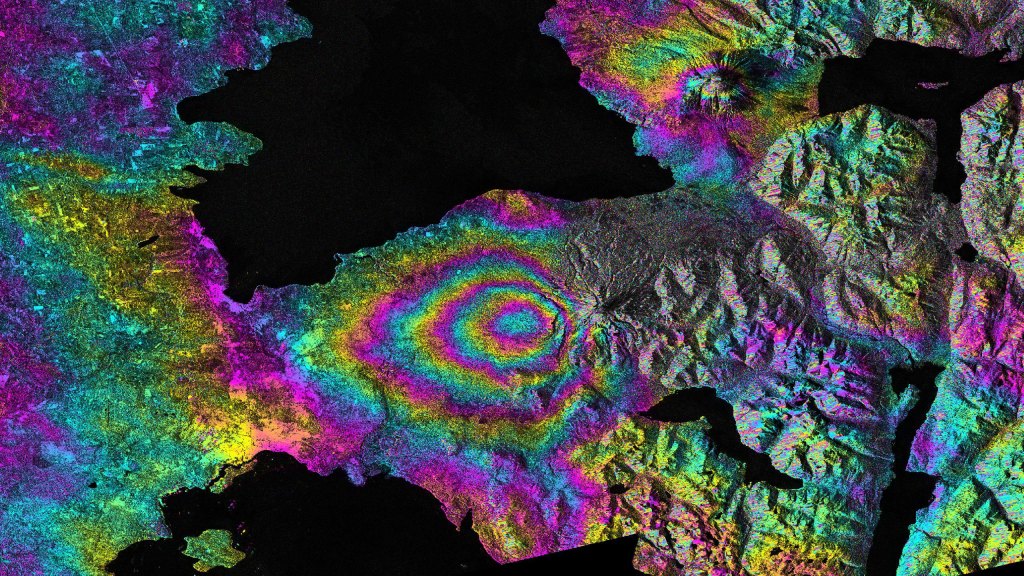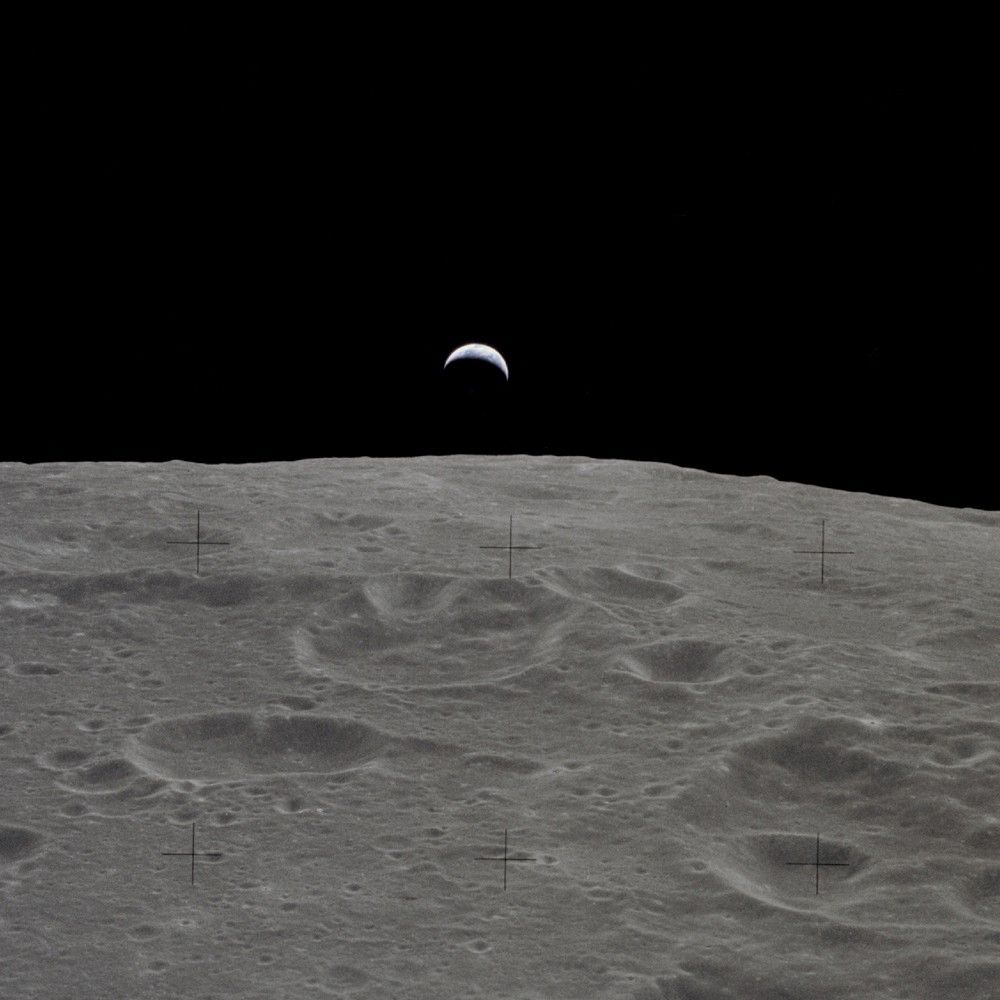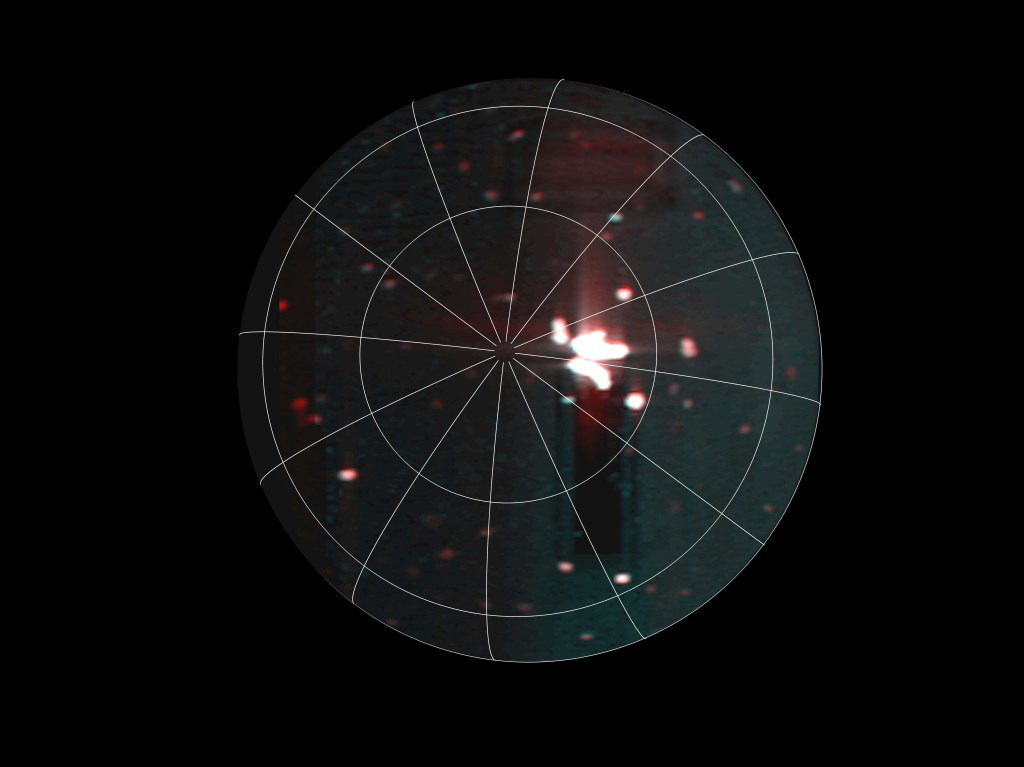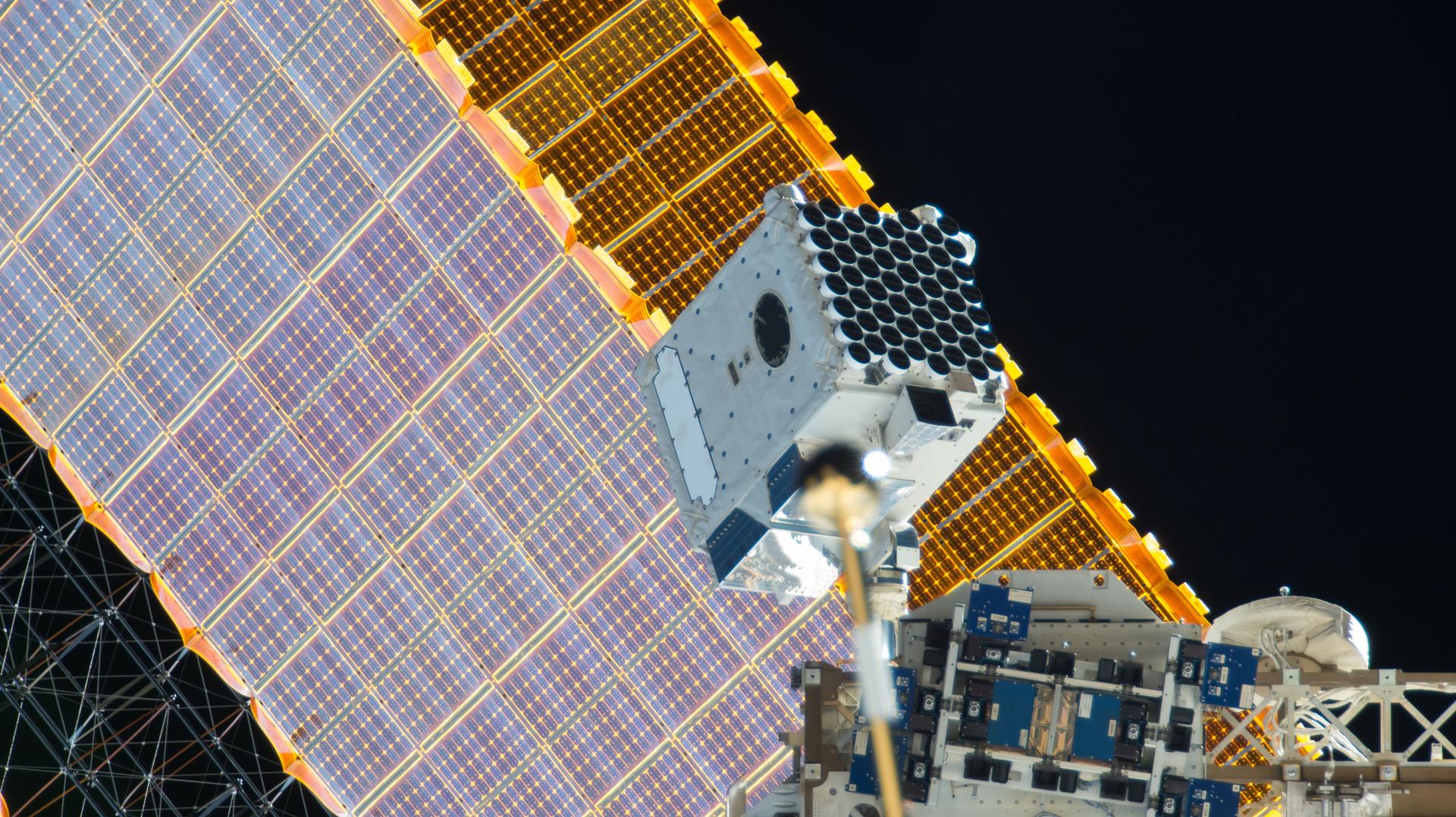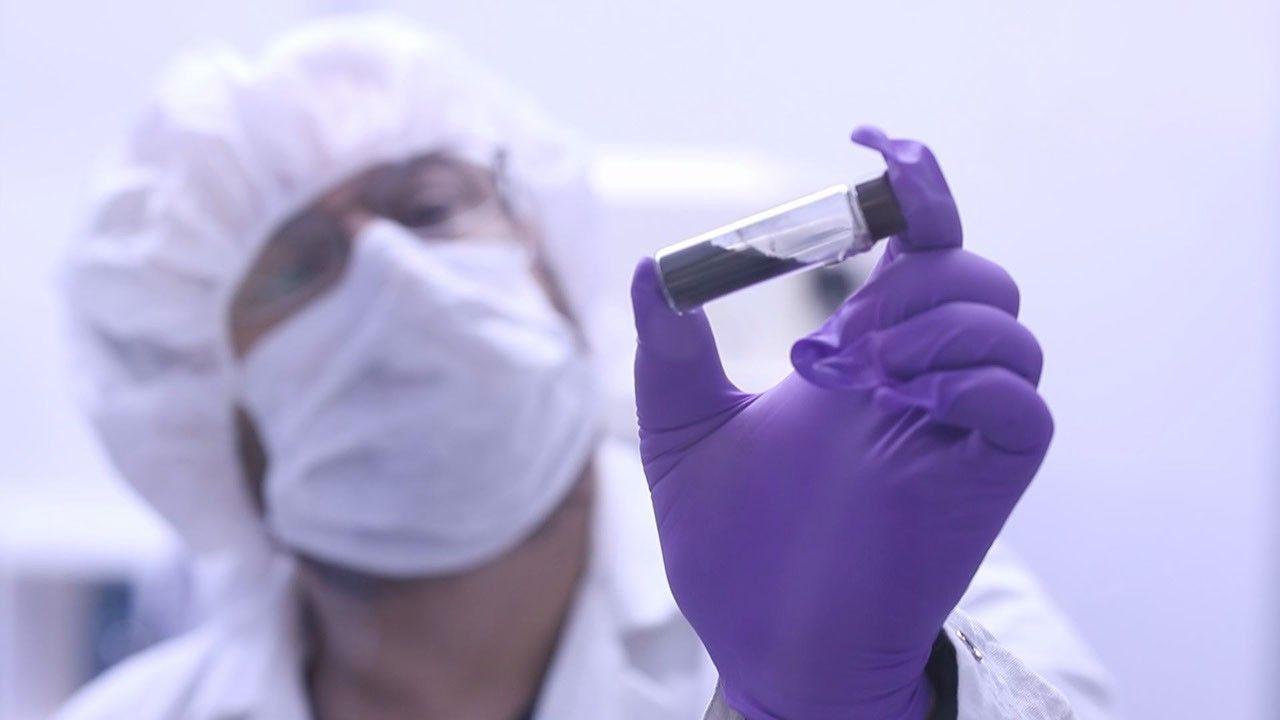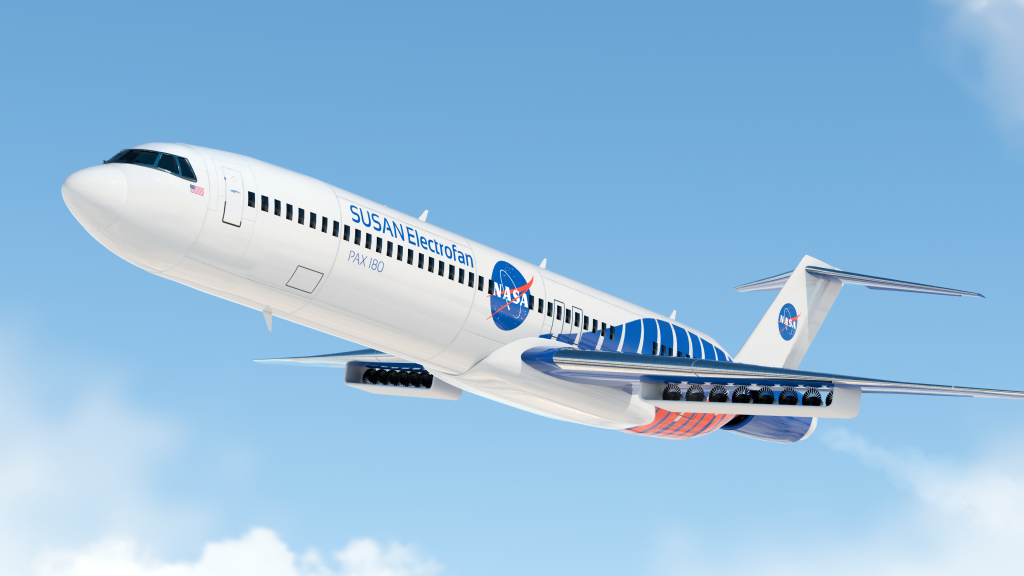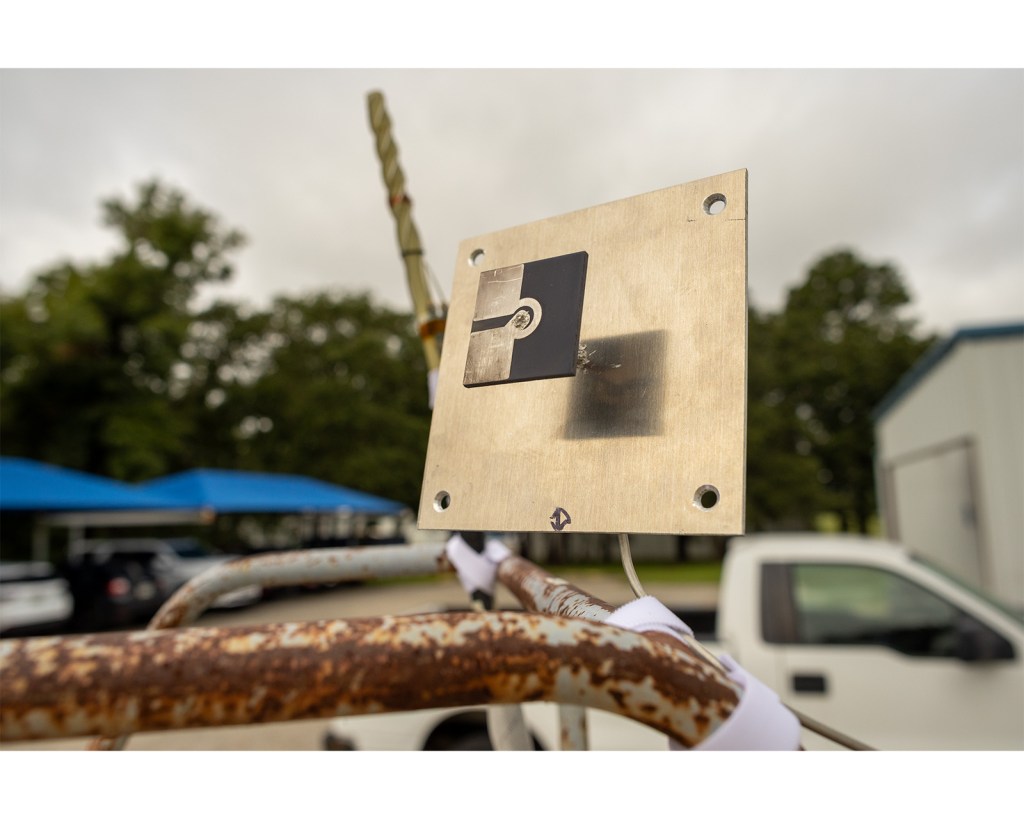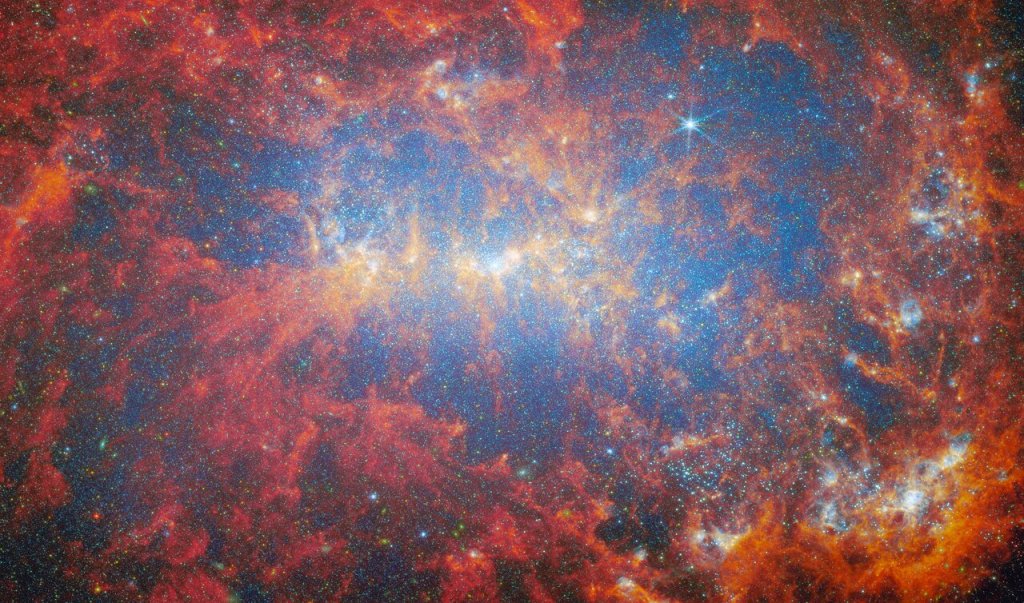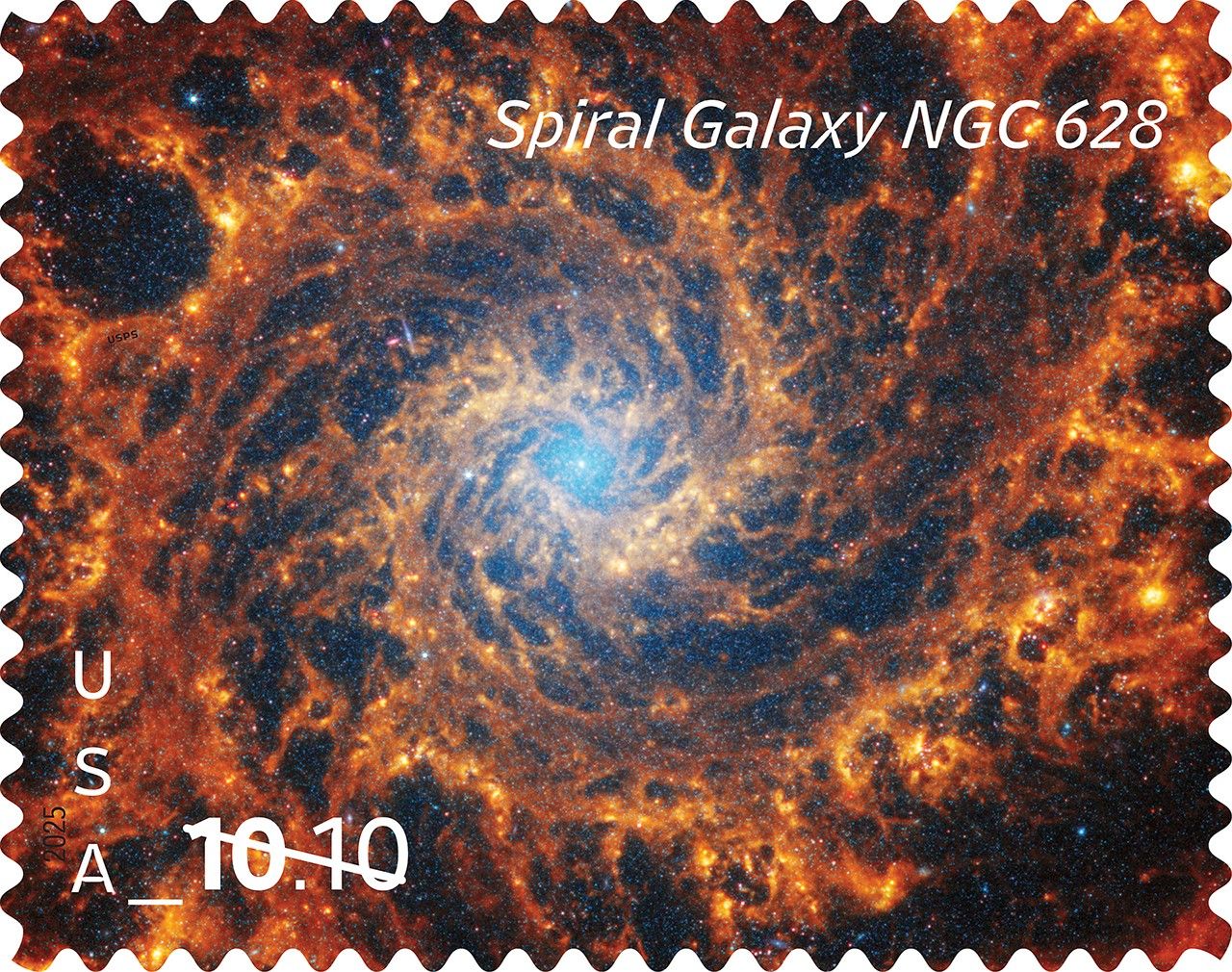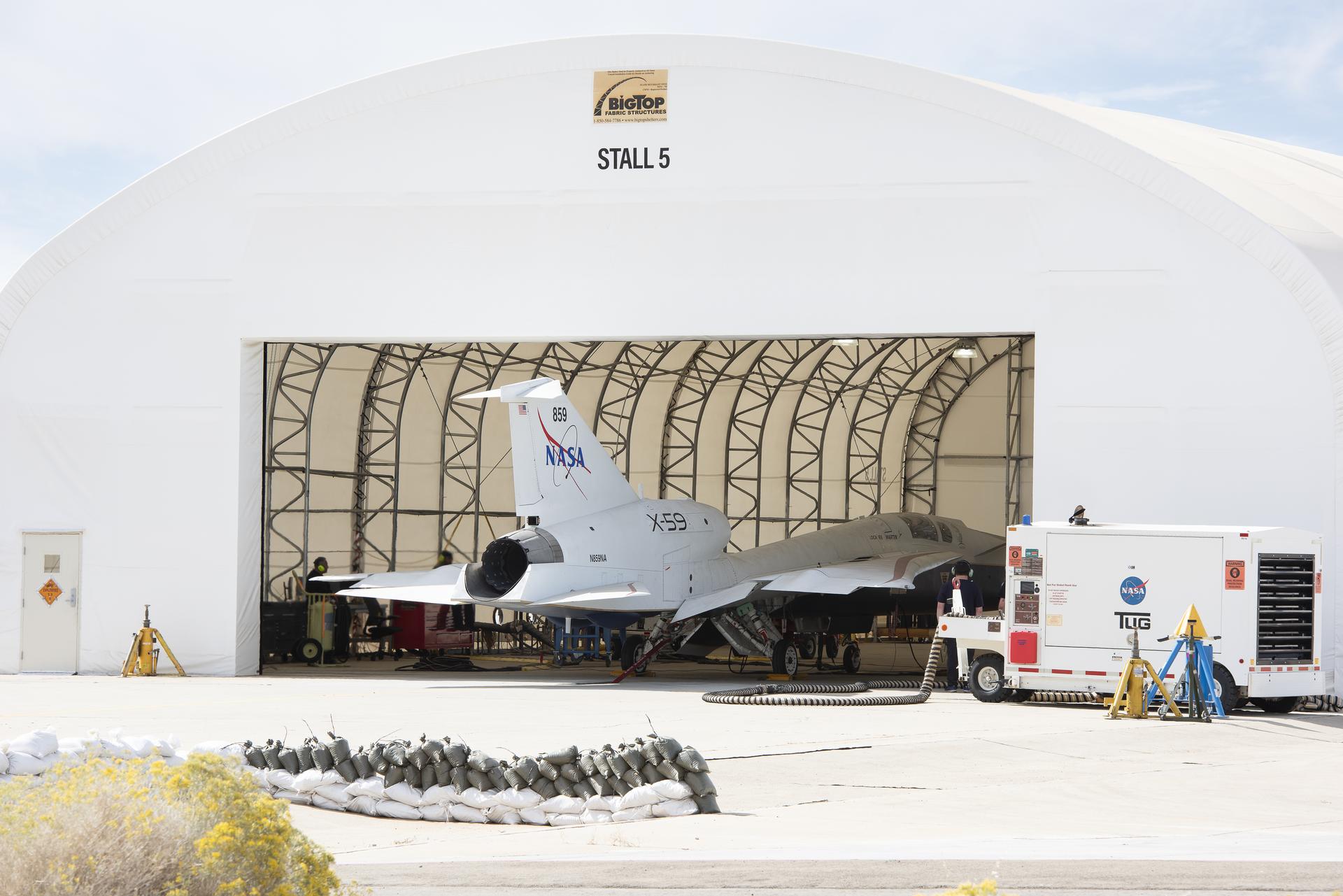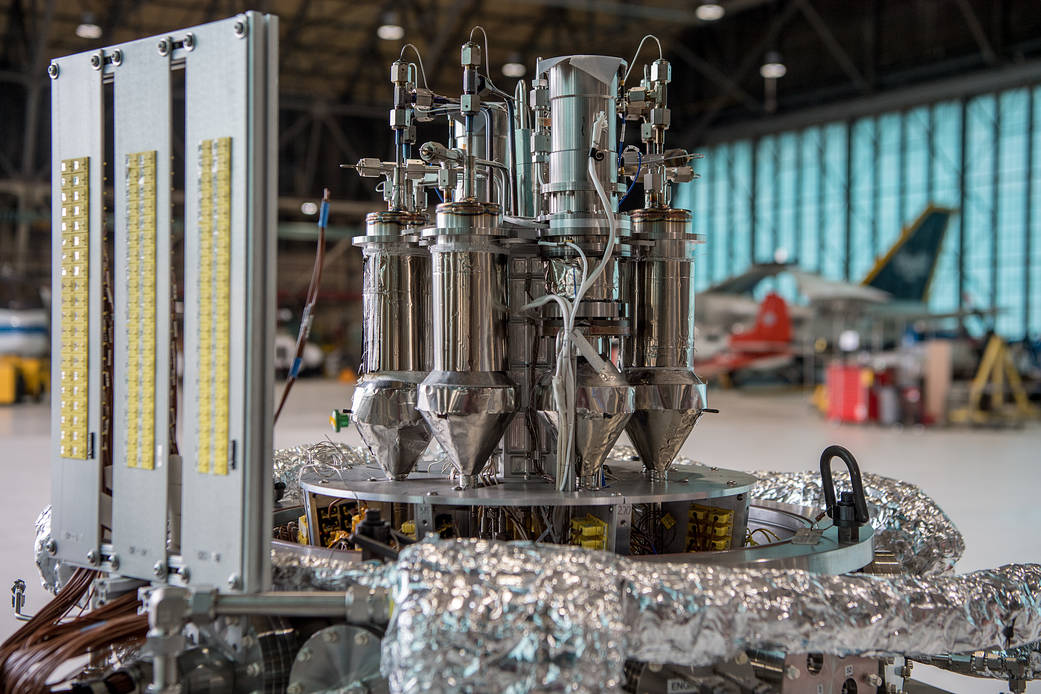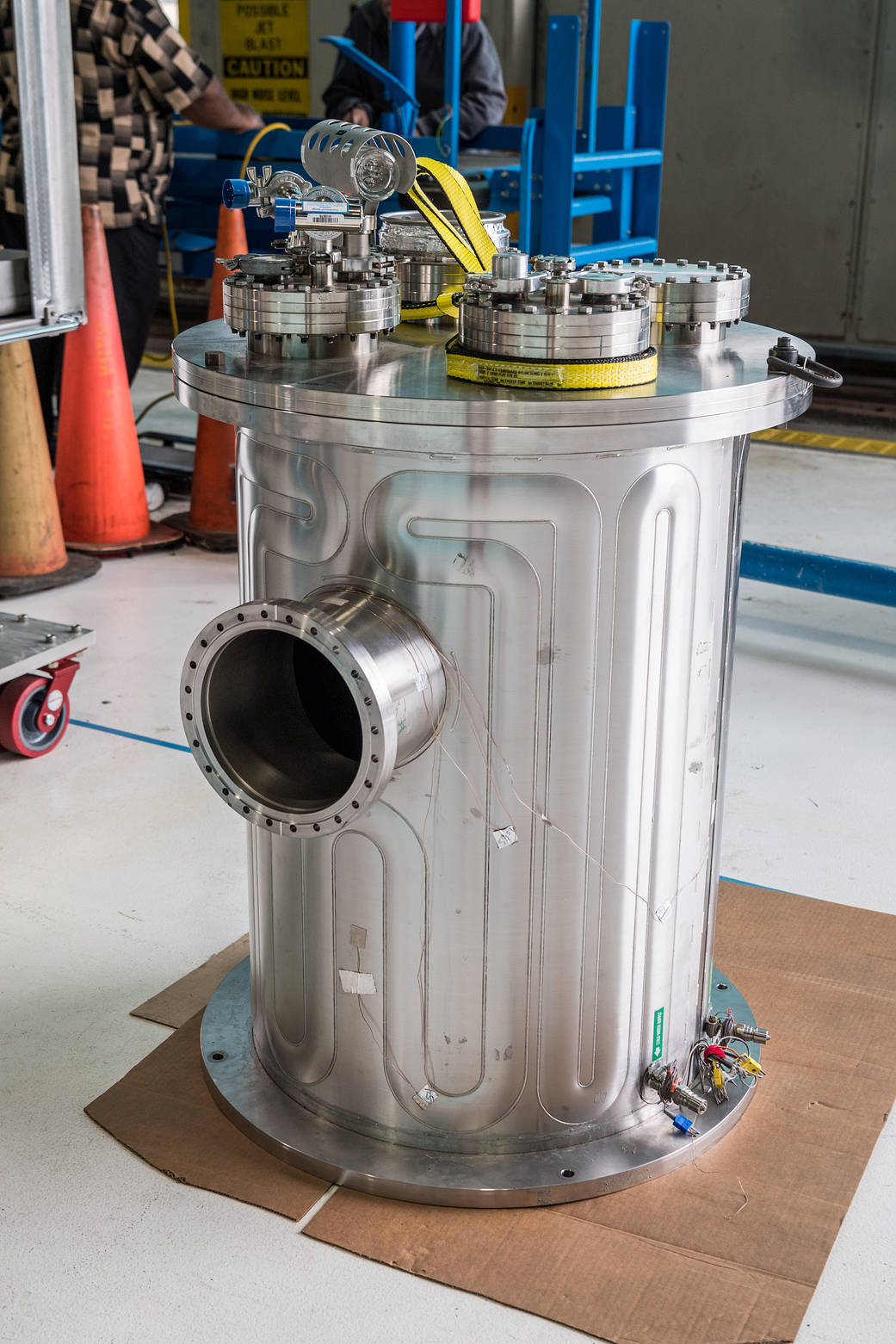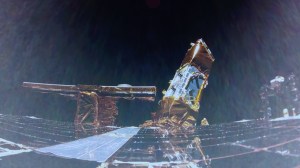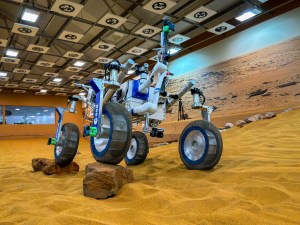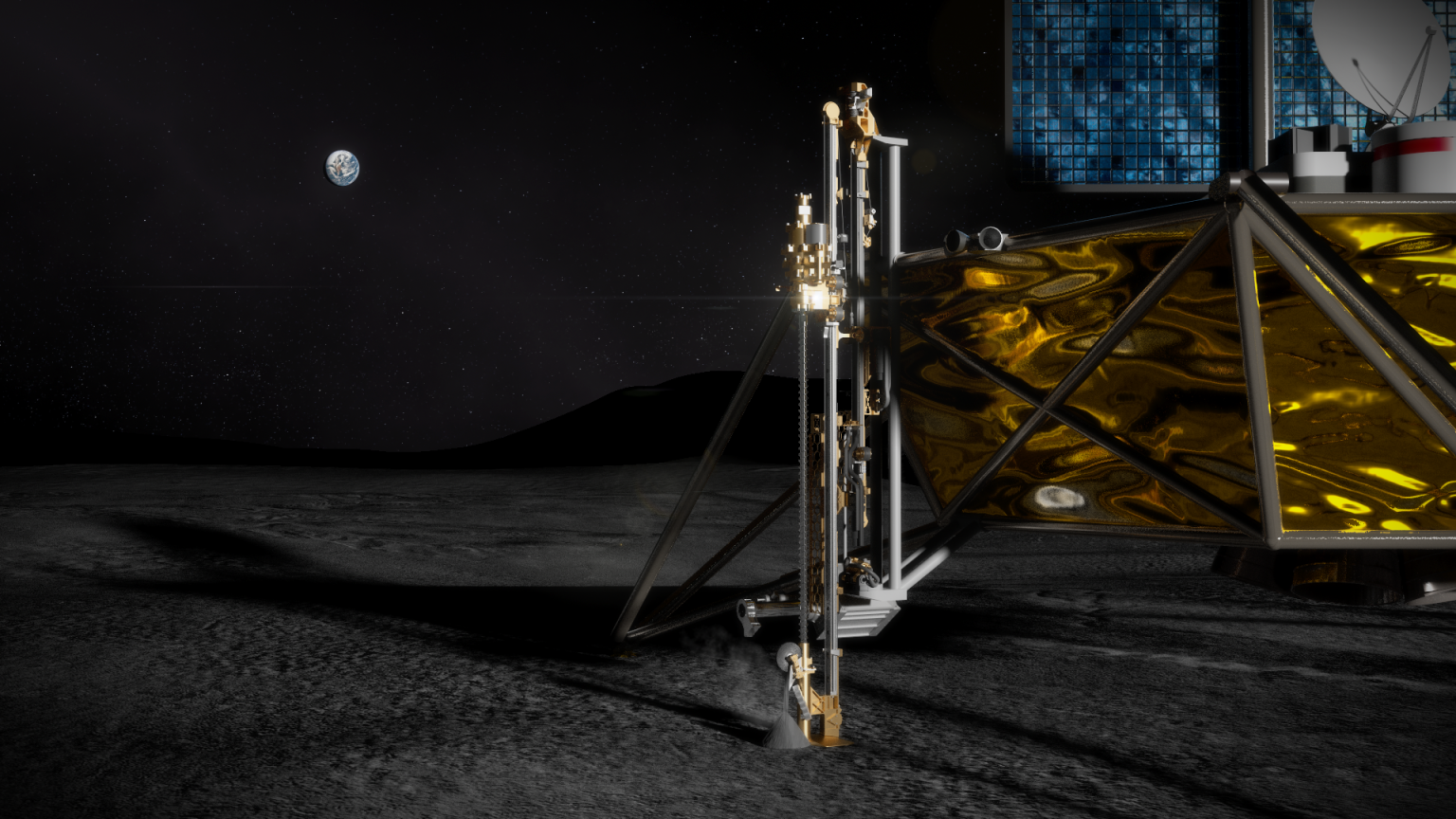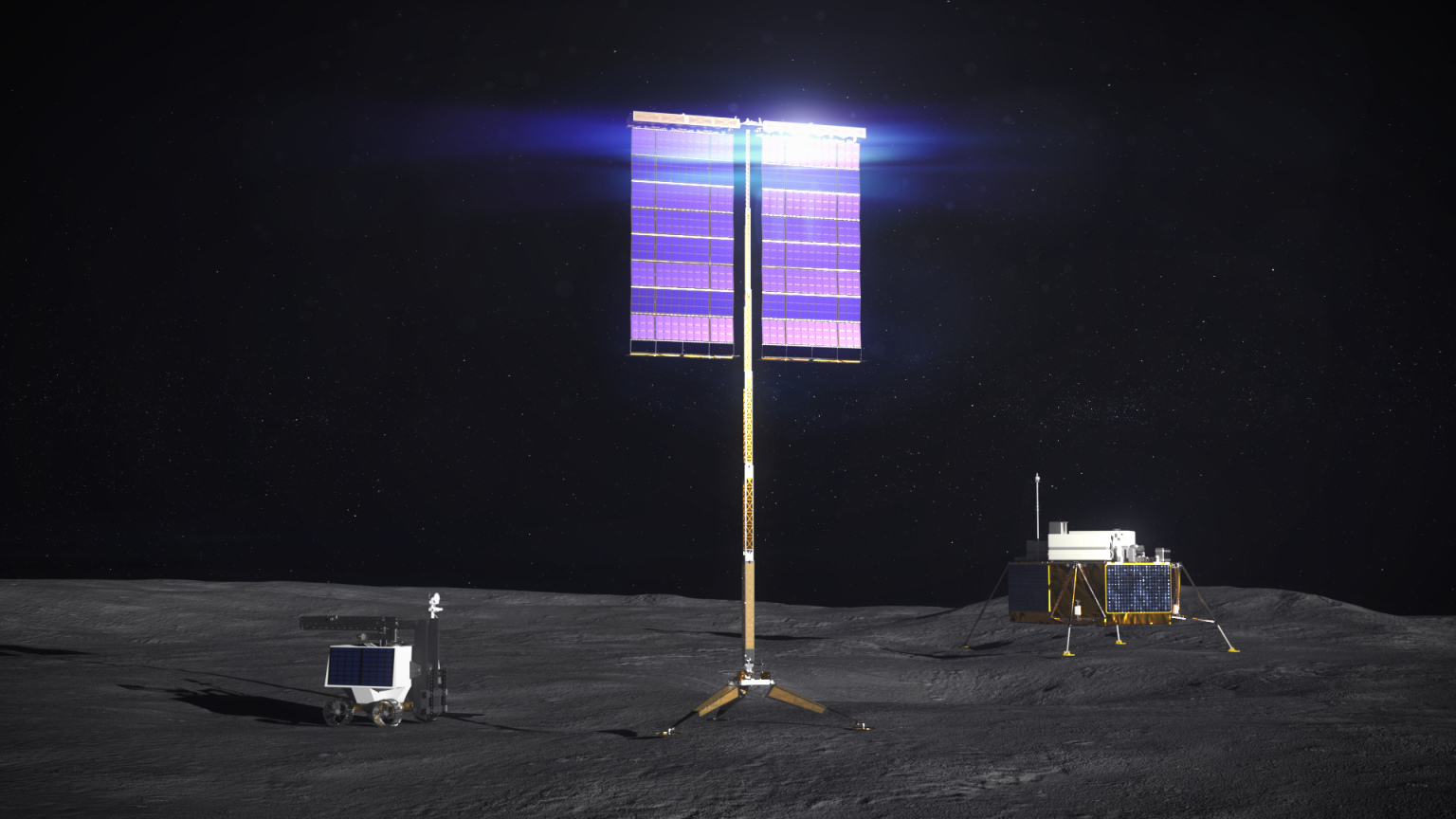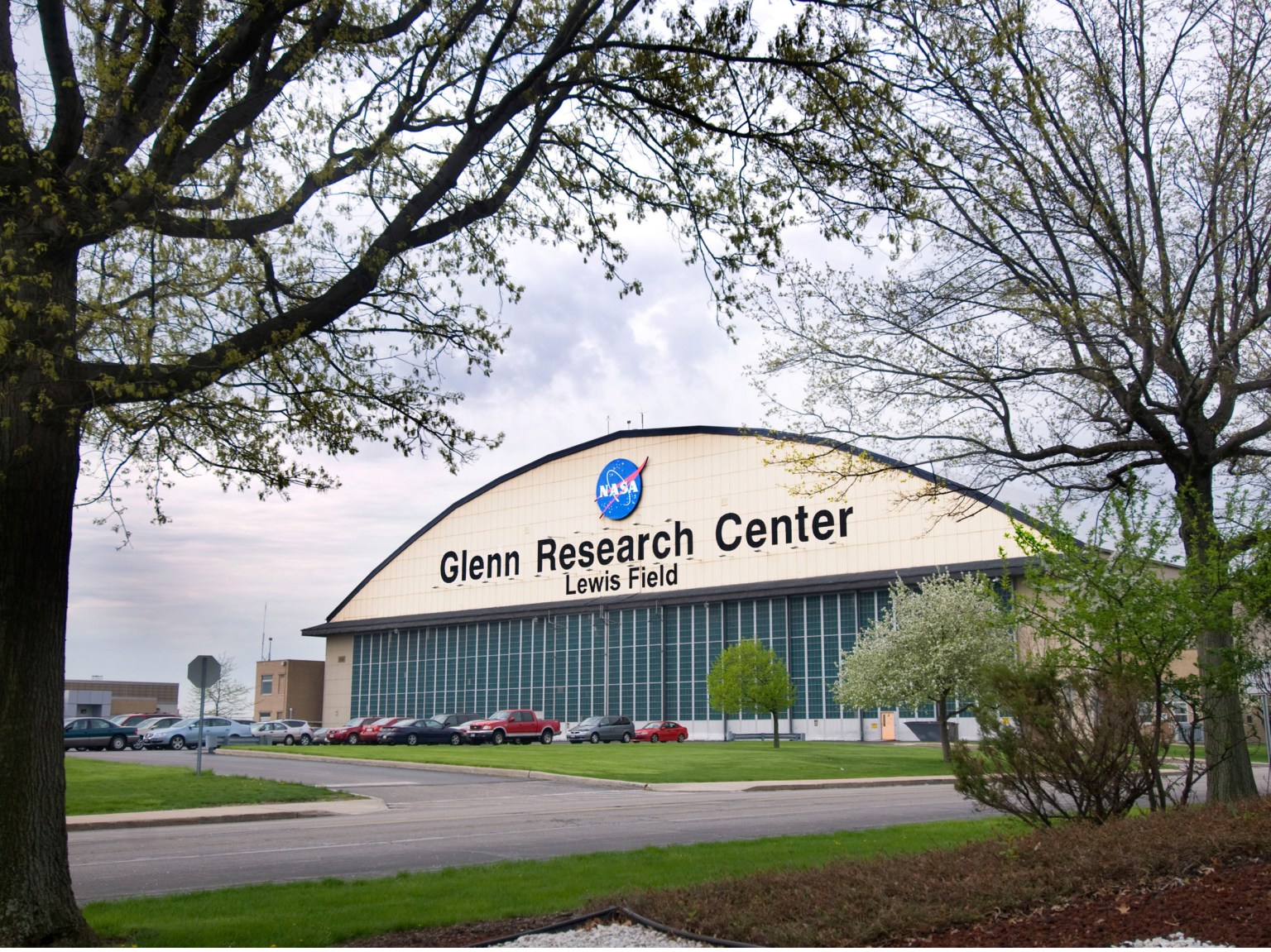Note: Please note that this is an “archived project” and is no longer updated. This article is meant for historical purposes only.
Reliable, long-life power systems are among the basic requirements of any space exploration mission. NASA has relied upon plutonium-based radioisotope power systems (RPS) for decades for deep space missions where solar power is not a feasible option. However, recent events have made it clear that alternatives must be explored. Plutonium is quickly becoming more and more expensive and may be less available in coming decades, but the power required for increasingly ambitious deep space missions is not decreasing.
NASA recently completed a feasibility study for small fission power systems (FPS). As NASA is seeking game changing technologies to transform the nation’s space mission capabilities, small FPS could reduce NASA’s dependence on plutonium. Further, a small kilowatt-class FPS could enable future flagship science missions and exploration precursor missions that may not otherwise be possible.
The objective of the proposed Nuclear Systems Kilopower Project is to advance the subsystem level readiness of small, 1-10 kWe fission power for space applications from TRL 2/3 to 5. Full success will consist primarily of demonstrating production of 150 We (90 We minimum) from 800 Wt heat supplied by a nuclear reactor through heat pipes to a Stirling engine pair, all in a relevant (thermal vacuum) environment. The test will be performed in the Device Assembly Facility at the Nevada National Security Site (NNSS).

